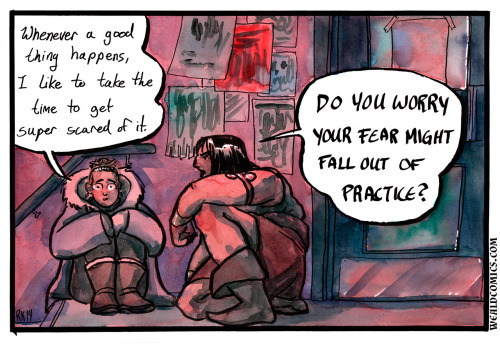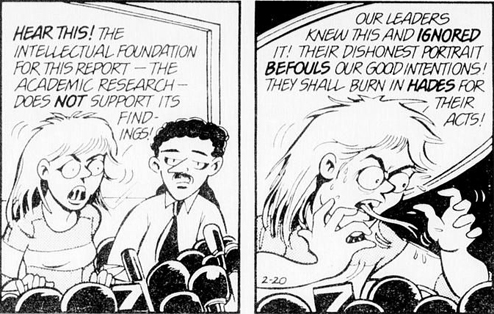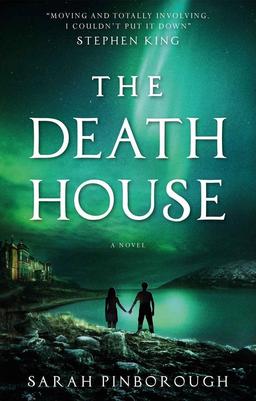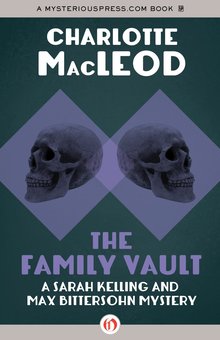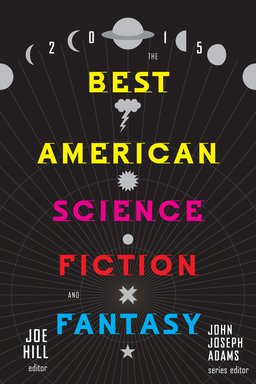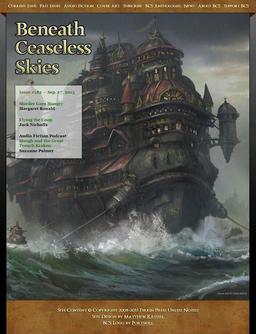September 2015 Nightmare Magazine Now on Sale
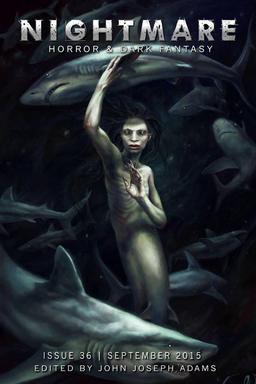 The September issue of the online magazine Nightmare is now available. In his editorial this month, John Joseph Adams justly celebrates his recent awards, nominations, and publications:
The September issue of the online magazine Nightmare is now available. In his editorial this month, John Joseph Adams justly celebrates his recent awards, nominations, and publications:
We won another Hugo! Our sister-magazine Lightspeed took home the rocket for Best Semiprozine, but also, just as exciting there were two other Lightspeed Hugo victories: Thomas Olde Heuvelt’s story from Lightspeed, “The Day the World Turned Upside Down,” won the Hugo for Best Novelette, and one of our illustrators, Elizabeth Leggett, won the Hugo for Best Fan Artist…
In other awards news, the World Fantasy Award nominations were also announced recently, and I’m pleased to report that I have been once again nominated in the “Special Award, Professional” category. I am extremely honored to be nominated again (now for the seventh time overall, including three Anthology nominations), and I will be in Saratoga Springs, New York for the World Fantasy Convention (November 5-8) when the awards are presented (where I look forward to losing to Gordon Van Gelder in person)… And ICYMI last month: Both Lightspeed generally and our Women Destroy Science Fiction! special issue specifically have been nominated for the British Fantasy Award!
Releasing this month, on September 15, is a new anthology I edited called Loosed Upon the World, the definitive collection of climate fiction… Then in October comes the debut of Best American Science Fiction and Fantasy, part of the prestigious Best American series. In it, guest editor Joe Hill and I present the top twenty stories of 2014 (ten science fiction, ten fantasy).
As we’ve noted previously, John Joseph Adams is one busy guy. It’s a full time job just keeping up with him.
